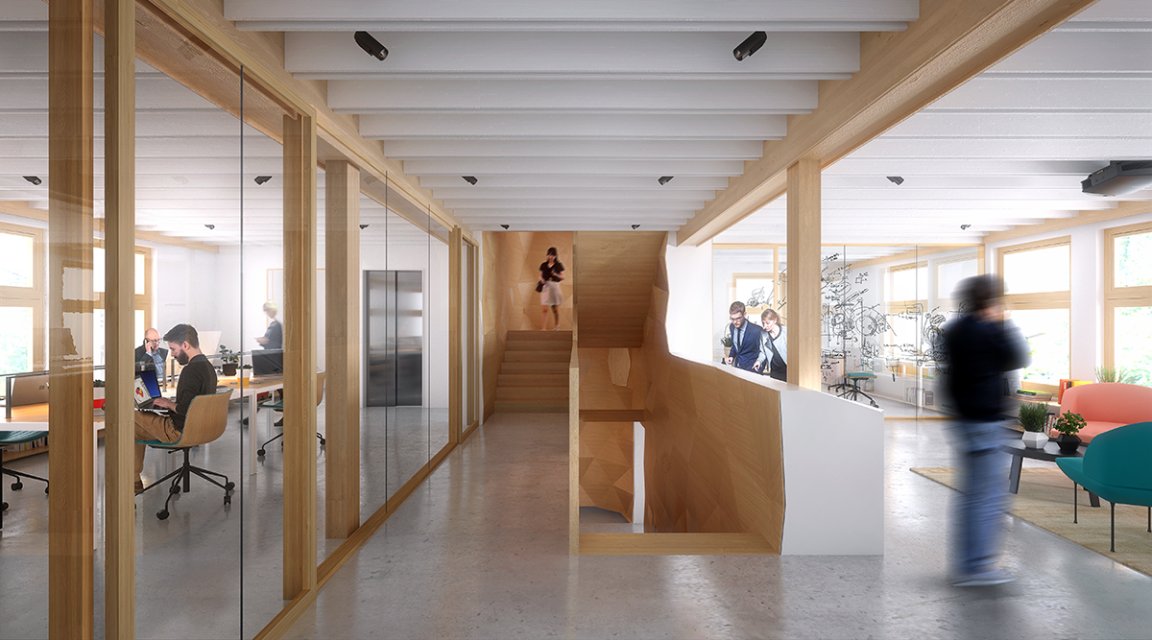
Negative Footprint Design
Imagine living or working in a building that produces all the power it needs — and more. One that makes the absolute best use of its surrounding light, weather conditions, and location to be as energy efficient as possible, blending smart design, green materials, and emerging technologies for a maximum effect. This is the result that the HouseZero project is aiming for, but that’s only part of its story.
The HouseZero project was conceived by the Harvard Center for Green Buildings and Cities (CGBC) as a way to create a new space for its program and, in the process, design a model for an environmentally-friendly, ultra-efficient structure. To do this, they took a pre-1940s house in Cambridge, Massachusetts, and developed a retrofitting plan that would transform the space into the building of the (green) future, HouseZero. The building was already owned by the program, so it wasn’t specially targeted; instead, the success with HouseZero design, which will achieve the most rigorous efficiency standards by a building retrofit to date, demonstrates that green design is achievable for average existing structures.

